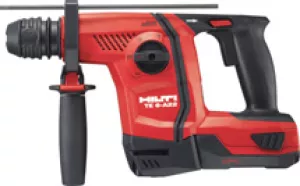Demolition Hammer - Which One to Choose for Your Project?
Choosing the right demolition hammer is essential for efficient and safe work. Depending on the material and the size of the project, different models will work better in certain conditions. This guide will help you choose the hammer that best suits your needs, taking into account power, weight and application.
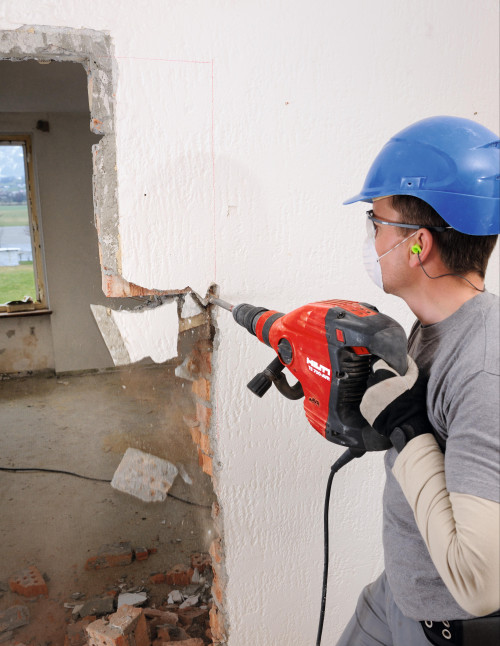
Type of material to be demolished
The first step in choosing a demolition hammer is to assess what materials you will be removing:
- Light concrete, plaster, ceramic tiles. Lighter demolition hammers with lower impact force will be suitable for removing these types of materials. Such work requires precise breaking of the material without excessive damage to the surroundings. Combination hammers are often used in such situations, which allow for both chiseling and drilling. Renting a chisel-drill hammer with lower power may be more economical in this case, especially if the work is of a one-off nature.
- Heavy concrete, foundations, walls. For thicker, harder materials, such as foundations or thick concrete walls, a hammer with higher impact force and weight will be needed. Industrial-grade hammers (weighing over 15 kg) will work best here. Renting a heavy demolition hammer will be a good solution if the project requires short-term but intensive action, saving the cost of purchasing expensive equipment.
Impact force and impact frequency
Impact force (measured in joules) and blow rate (blows per minute) are key parameters that determine the effectiveness of a demolition hammer. Here’s how different levels of impact force affect the tool’s application:
- Impact force 12-20 joules. Hammers with this impact force are suitable for medium-duty jobs, such as breaking down partition walls, plaster, and lightweight concrete floors. They’re an ideal choice for home improvement projects and smaller construction projects where a balance of precision and power is required. These types of hammers are often hired for short, medium-sized projects.
- Impact force 20-40 joules. Demolition hammers with this impact range are suitable for heavier jobs, such as breaking up thicker concrete structures, such as foundations, or for building renovations. These are more powerful tools that are good for medium-scale demolitions. Renting a demolition hammer with this power can be the optimal solution for one-time tasks that require a solid tool.
- Impact force 40-68 J. These hammers are designed for the toughest jobs, such as breaking very thick concrete, foundations, retaining walls and other hard materials. Impact force in this range provides great efficiency and speed of work. Renting a demolition hammer with this impact will work well for large industrial projects, where purchasing a tool with this power may not be cost-effective.
Weight and ergonomics
Another important aspect is the weight of the hammer. Depending on the type of work and its duration, the weight of the hammer can be very important:
- Light demolition hammers (up to 10 kg). Ideal for precise demolition work and long-term work, where mobility and comfort are important. They are easier to control and less tiring for the operator.
- Medium demolition hammers (10-15 kg). They work well for more demanding work, where both precision and power count.
- Heavy demolition hammers (over 15 kg). They are designed for the heaviest work, such as demolishing foundations or thick walls. Usually used for large construction projects.
When choosing a demolition hammer, it is worth considering carefully the type of work you have to do, the materials you need to remove, and the available features and parameters of the tool. If you are planning a one-time project or a short-term job, renting demolition hammers may be a more economical solution than buying. For expert help and to match a tool to your needs, contact Ramirent Construction Equipment Rental.
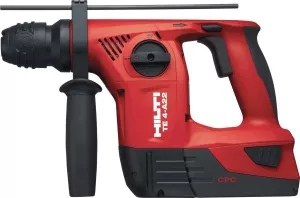
Drill hammer, battery powered, 2,5 J 22 V
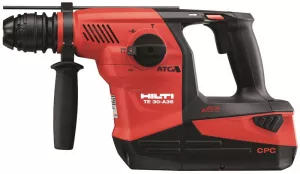
Drill hammer, battery powered, 3,5J
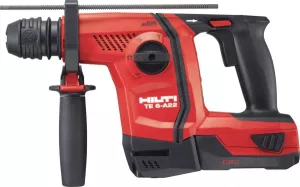
Drill hammer, battery powered, 2,5 J 36 V
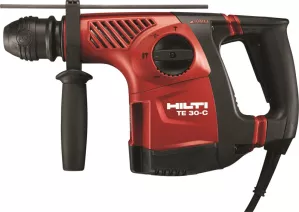
Drill hammer, impact 2,8-3,5J
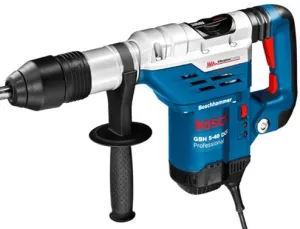
Drill hammer, impact 6-8J

Drill hammer, impact 6-8 J
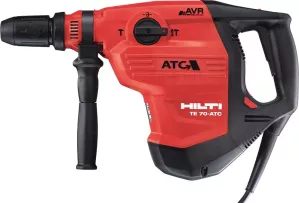
Drill hammer, impact 10-18J
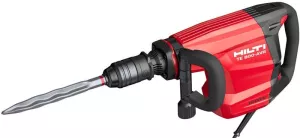
Demolition hammer, impact 21-26J
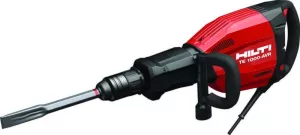
Demolition hammer, impact 21-26 J premium

Demolition hammer, impact 40-45J
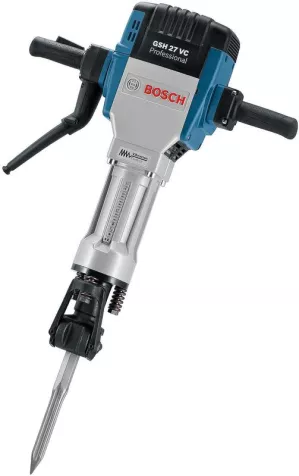
Demolition hammer, impact 55-62J
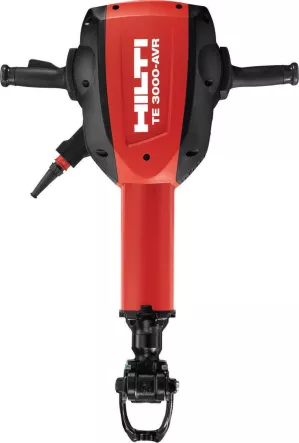
Demolition hammer, impact 65-68 J premium
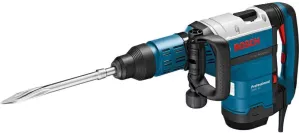
Demolition hammer, impact 12J
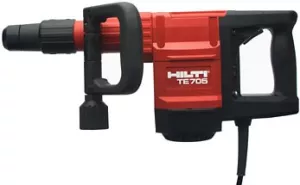
Demolition hammer, impact 12 J premium
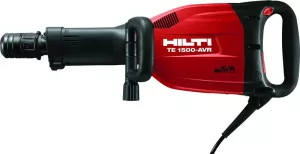
Demolition hammer, impact 30-35J
